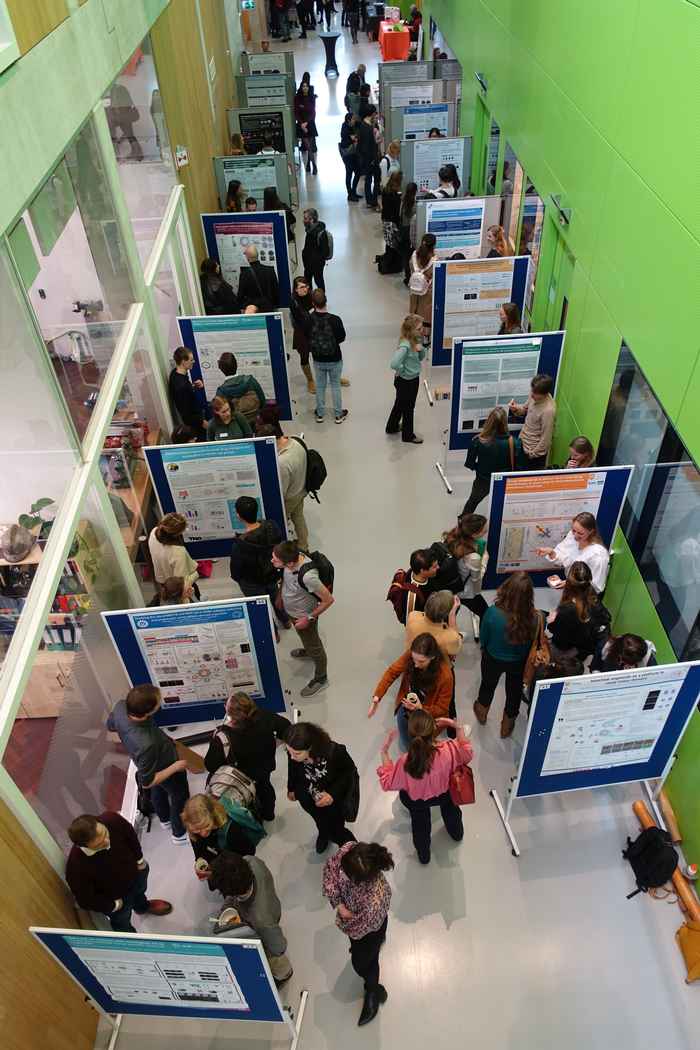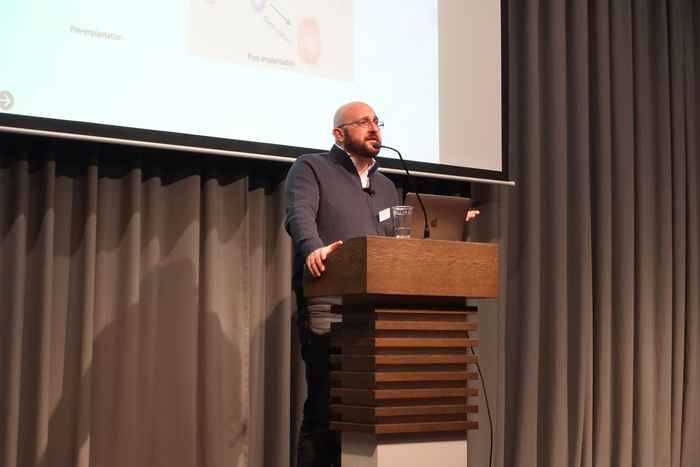OrganoidNL 2023
A successful showcase of organoid research in the Netherlands
14 April 2023

Embryo-like structures are derived from pluripotent stem cells and recapitulate specific stages of embryonic development, while organoids are three-dimensional structures that can mimic the function and structure of various organs and tissues. These in vitro model systems allow the investigation of basic biological processes, such as embryo or organ development, but can also be applied to study for example disease or optimize treatment therapies. Bringing together experts in the diverse associated disciplines helps to fully leverage the potential of embryo-like and organoid systems for science and society.
The symposium featured five invited speakers who are leading experts in the field of organoid research: Jacob Hanna from the Weizmann Institute of Science, Anne Rios from the Princess Máxima Center, Madelon Maurice and Hugo Snippert from the UMC Utrecht, and Alexander van Oudenaarden from the Hubrecht Institute. They presented their latest exciting work on topics such as synthetic ex utero embryogenesis, organoid cancer immunity models, genome replication speeds, and single-cell nascent DNA sequencing. In addition, there were six selected talks by PhD students and post-docs who showcased their innovative research on various aspects of organoid biology, such as cross-lineage dependencies, DNA repositioning, enterocyte and microfold cell differentiation, intestinal stem cell dynamics, liver organoids, trophoblasts, and neural tube patterning. During a poster session, more than 40 participants displayed their research projects and exchanged ideas with other attendees.
The symposium attracted a lot of enthusiasm even before it started, with far more than the maximum 140 participants registering for the event. On the day itself, over 50 scientists followed the event through a live stream. Given the excitement and buzz that the symposium generated, the plan is to turn this into a recurring event. So stay tuned for the next OrganoidNL symposium!
The symposium was organized by Sander Tans (AMOLF), Renée van Amerongen (University of Amsterdam), Benedetta Artegiani (Princess Máxima Center), Delilah Hendriks (Hubrecht Institute), Maria Rodriguez Colman (UMC Utrecht), Ina Sonnen (Hubrecht Institute), and Jeroen van Zon (AMOLF).

